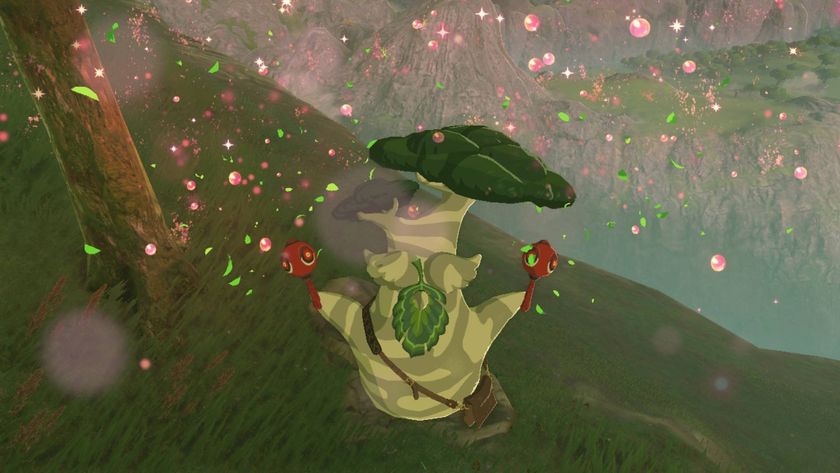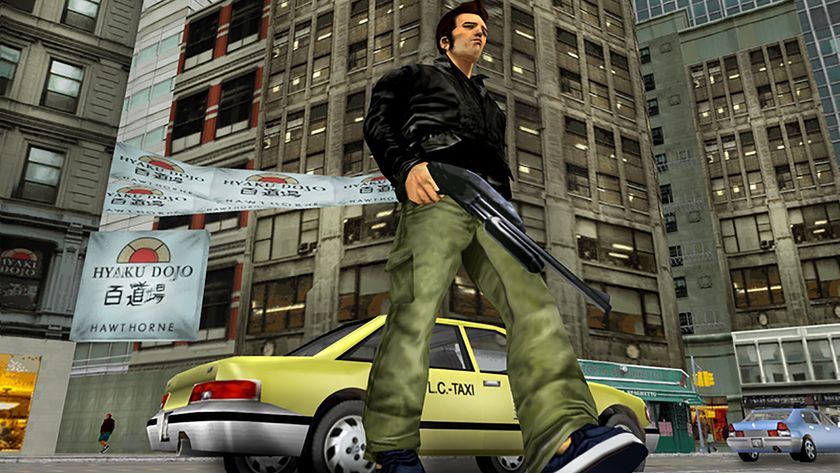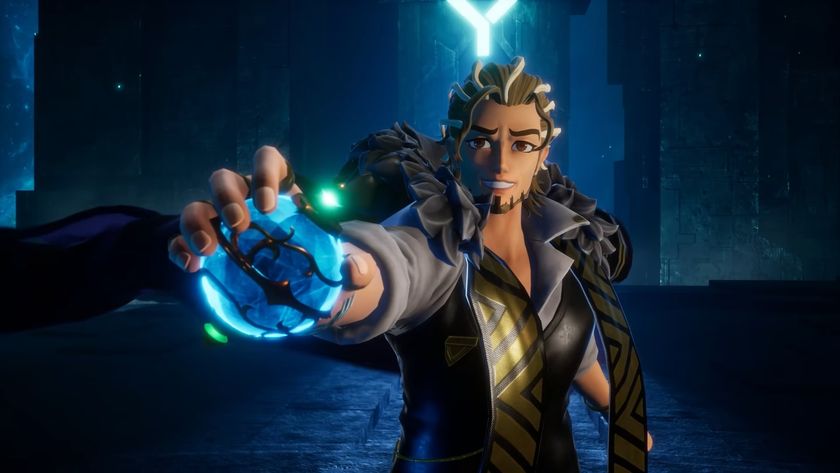Hands-on with (much) more of Mafia II
Our longest preview yet takes us through four chapters of next month's badass '40s crime drama
If there’s one thing that Mafia II seems focused on above all else, it’s detail. From its sweeping attempt to re-create the look and feel of the 1940s and ‘50s to the barely visible Z-shaped scar on the cheek of its hero, Vito Scaletta, the game does its best to immerse players in its fiction, its characters and the ever-more-swank underworld they inhabit. The music, cars, fashions and even the architecture are all reflective of the period, and all of them will change as the game transitions from the comparatively bleak wartime ‘40s to the flashy boom of the ‘50s.
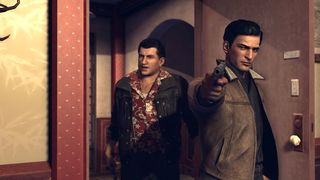
Of course, sky-high production values and careful attention to detail don’t mean a damn thing unless they’re backing up excellent gameplay and an engaging story. And after an extended hands-on session during which we played through four of Mafia II’s surprisingly long missions (it’s probably more appropriate to call them chapters) on the PS3 version, we’re prepared to say that they do.
Our time with the game began with a chapter called Home Sweet Home, near the beginning of the game, in which Vito returns home from World War II after being wounded in Germany. After arriving on the train, he’s met by his fat, crass old friend Joe Barbaro, who drives Vito into town for a drink in a pretty, but mostly non-interactive driving sequence. When Vito reveals that he’s only on leave and has to go back the war, Joe won’t have any of it, and immediately makes a phone call to get Vito discharged – or rather, as it turns out later, to order him fake discharge papers. After the two part ways, Vito takes a cab back to his old neighborhood, and it was here that we were actually given control.

Mind you, it wasn’t control in the Grand Theft Auto, now-we-can-go-nuts sense. While it’s going to be inevitably compared to other sandbox games, this is really more of a linear, story-based experience, something that was painfully obvious here. During this early sequence, Vito – still carrying his suitcase – refused to so much as break into a jog, instead strolling casually through the street and running into a couple of old folks who knew him growing up (all of whom we stopped to talk to). Along the way, little pre-scripted bits of life popped into existence around Vito, including a couple of buddies who stood on the street, pleading with a wife in a second-story window to let her husband out for a beer. Further along, as Vito neared the alleyway with the entrance to his mother’s house, an arguing couple threw something heavy-looking through their window that impacted heavily on the snow next to Vito.
After a tearful reunion with his frail old mother and sister Frankie, Vito quickly decided that staying in his old room wasn’t going to work. Before he left, his mother pleaded with him to go down to the docks to see about work, but that’d have to wait – as he walked into the alley outside the apartment, he saw some goon in an overcoat hassling his sister, leading to the game’s first fight scene.
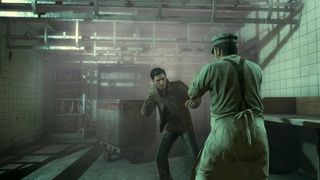
Hand-to-hand combat in Mafia II isn’t anything too complicated, and since this was basically a tutorial there wasn’t much challenge to it. During fights, you’ll stay locked on to your (single) opponent, and you’ve got a light attack, a heavy attack and can hold down a third button to dodge. From there, it’s mainly a matter of chaining together hits, although you’ll occasionally be invited to pull off “finishers” (mainly in the form of kicks to the teeth) whenever your opponent is down.
After the thug decided he’d had enough and fled, Frankie confessed that the goon had come from a loan shark, and that she’d been given until the end of the week to come up with $2,000 their dead father had borrowed. Realizing that dockwork wouldn’t raise that kind of money, Vito walked off to see Joe, stopping only to listen to a couple arguing over a broken-down car, and then to step in and fix it (which netted us a Trophy).
Sign up to the 12DOVE Newsletter
Weekly digests, tales from the communities you love, and more
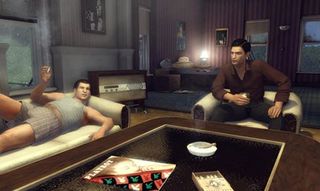
After walking to Joe’s, we got our first real taste of the game’s driving. In general the cars in Mafia II handle pretty well, considering they’re all ancient 1940s and ‘50s models. While the first Mafia’s 1930s setting made its driving notoriously slow and clunky, even Mafia II’s crappiest ‘40s cars can maneuver well enough to get around at high speeds without crashing and killing yourself (although, as we found out more than once, a high-speed, head-on collision with another car, a tree or some other immovable object is enough to kill you instantly).

